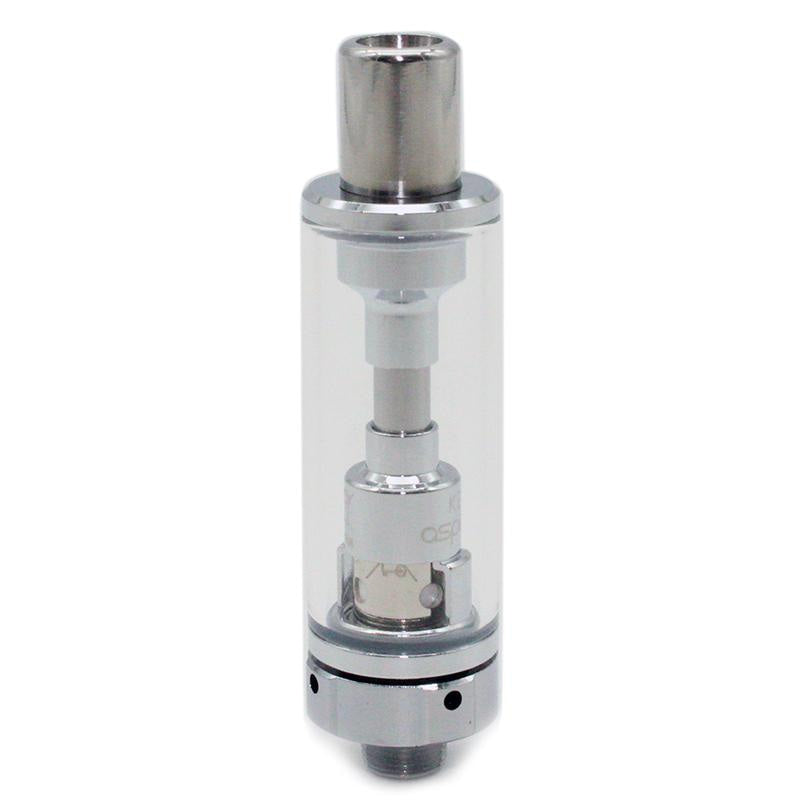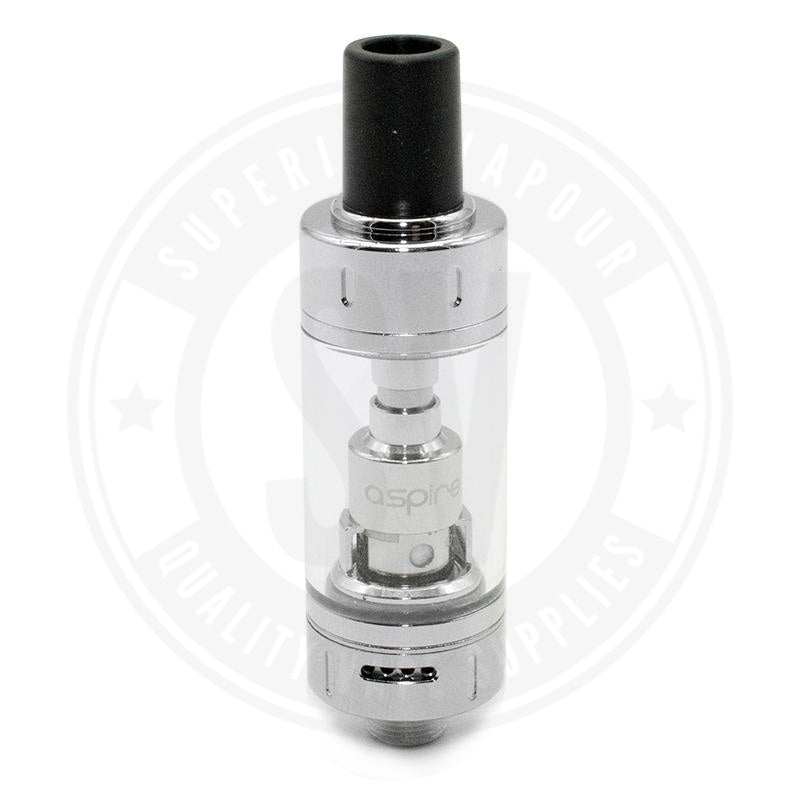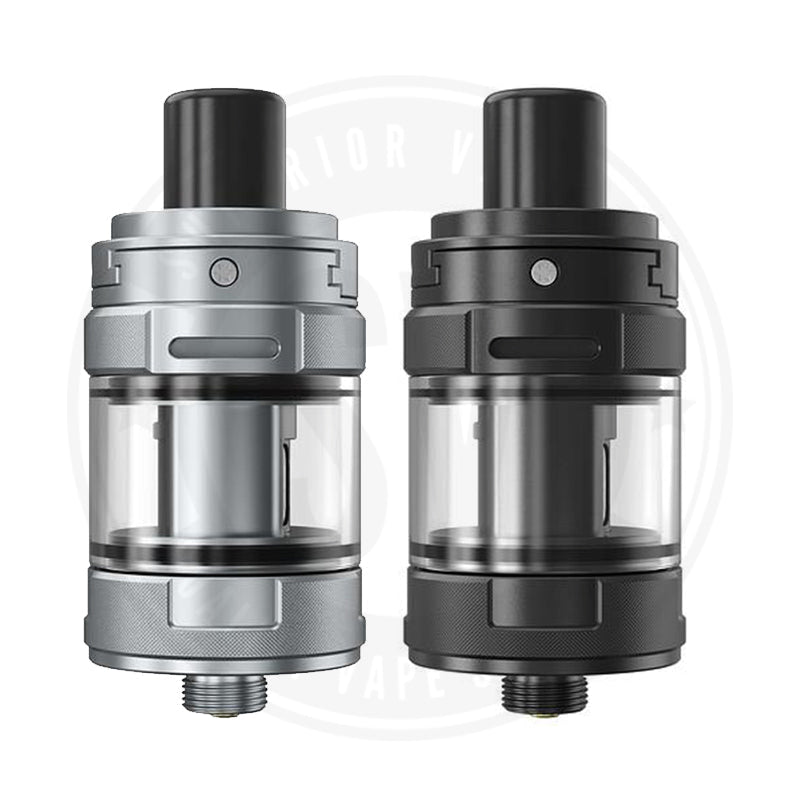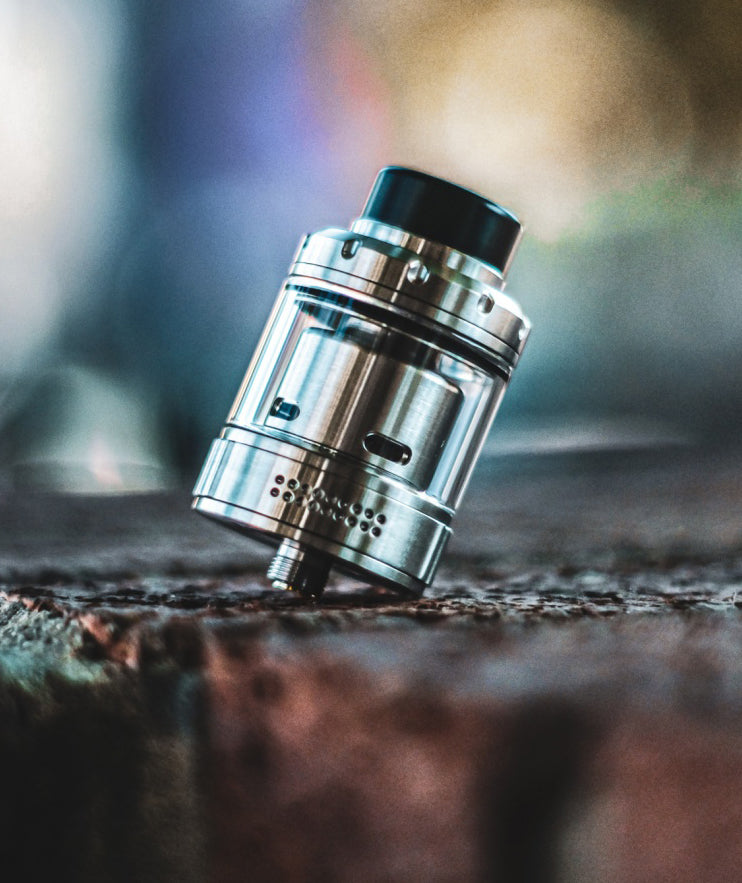Is vaping dangerous? We’ve all read the stories about the various apparent health risks surrounding vaping, usually centred on the study du jour. Maybe it’s a chemical today, yesterday it was exploding batteries. Last week it was the increase in teenage vaping. Next month some new vaping danger will grab the headlines. But what is the reality? Do the risks of vaping outweigh the rewards?
The first thing to know is that for most users vaping is an alternative to the deadliest consumer product ever made: cigarettes. The vast majority of regular users of vapour products are ex-smokers or current smokers. Nothing compares to the health risks of setting plant material on fire and inhaling the smoke. Half of lifelong smokers die prematurely from smoking-related disease.
Those who have carefully considered all of the medical evidence — including reputable studies from Cancer Research UK — have concluded that the potential of serious vaping danger is probably very low. The Royal College of Physicians says vaping is “unlikely to exceed five percent of the harm from smoking tobacco.” Yet public opinion still seems wary of vaping's relative health benefits, largely due in part to the huge amount of misinformation and fearmongering that makes up the majority of the reporting on vaping.
Whilst a small amount of misinformation may seem harmful, or even laughable to those who have properly read up on the facts and figures, it’s larger implications, potentially turning off current smokers to switch to vaping, actually poses a significant danger. The oversaturation of damaging headlines and clickbait titles build up a huge amount of public distrust in vaping as a healthy alternative, and forces the vilification of a relatively benign industry - see recent, baseless, articles about vaping as a gateway drug for teenagers. Especially in a media-driven society that values follows, clicks and “post-truth” rather than actual fact-based reporting.
In an effort to clarify the waters surrounding vaping, we’ve rounded up a list of the most popular health fears, and the studies that illuminate the truth behind the rumour and misinformation.
Vaping Produces Formaldehyde
In a study at Portland State University about two years ago, a group of researchers found that if you turn up the power on a vape to a level no human could tolerate, an inexpensive clearomizer would produce high levels of formaldehyde. Thinking they had a major scoop, they rushed the information into a letter to the New England Journal of Medicine, which published it. The result? Headlines around the world like “E-cigarette vapour filled with cancer-causing chemicals, researchers say,” and “E-cigarettes can produce more formaldehyde than regular cigarettes, study says.”
Of course, not all studies are scientifically reputable, and the truth is that if you fire a wick and coil with insufficient liquid at a high temperature, you’ll get a dry hit (sometimes called a dry puff). It is a repulsive experience. However, in reality, no vaper would actually continue to inhale, or even attempt to vape at that level in the first place, rendering the study, ultimately useless.
Because these scientists did an experiment with no knowledge or understanding of the thing they were testing, they got results that bear no resemblance to what an actual vaper would experience. In their rush to grab headlines, they probably caused thousands of smokers to stick with cigarettes rather than give vaping a chance. And that probably makes the Portland State researchers — R. Paul Jensen, Wentai Luo, James F. Pankow, Robert M. Strongin, and David H. Peyton — greater dangers to public health than formaldehyde in vapour ever could be.
Popcorn lung: Diacetyl and Acetyl Propionyl
Popcorn lung is one of the most popular arguments against vaping, with articles popping up left, right and centre when vaping first hit the market. Popcorn lung, or the scientific name, bronchiolitis obliterans, is caused by an over inhalation of diacetyl, the artificial flavouring that can be found in e-liquids. Unlike some of the other worrisome illnesses attributed to vaping, there is actually some truth behind the media hype.
In the 1990’s, diacetyl caused severe lung damage to several workers at a Missouri microwave popcorn factory after their proximity caused them to inhale massive quantities. Unfortunately, popcorn lung causes irreversible damage, rectified only by a lung transplant.
Whilst what happened to the popcorn factory workers was extremely tragic, you’ll notice that I keep pointing out that diacetyl was inhaled on an extremely large scale, and whilst no one knows how much diacetyl is too much, that the diacetyl in vape liquids is not only minimal in quantity but heavily diluted, certainly largely mitigates any potential health risks. Especially at the low rate vapers will actually inhale the flavouring in comparison to the toxic air of the popcorn factory.
Even more pressing to point out is that cigarettes contain diacetyl too, and at much higher levels than e-liquid. So whilst there is a slight risk of developing popcorn lung with excessive vaping, the risk is far larger with smoking, and with far less effort. In the reporting of the popcorn lung risk, the risk associated with smoking was barely mentioned, despite vaping being the primary mode for smokers to quit the much more dangerous habit.
Despite popcorn lung still being at the forefront of anti-vaping fears, as of 2016, the majority of vape retailers stock e-liquids that are completely free of diacetyl and other Diketones (the name for the group of chemicals Diacetyl and Acetyl fall under) - some even going so far as to ban e-liquids containing them completely.
Toxins like Carcinogenic Chemicals and Volatile Organic Compounds
Anti-vaping fearmongers are quick to point to the studies showing vapour contains “toxins.” There are a lot of strange sounding things in e-cig vapour, but they’re generally present in tiny concentrations, far smaller than in tobacco smoke. You breathe and eat chemicals every day, but most of them don’t affect you.
The Royal College of Physicians agreed. In its comprehensive review of e-cigarette science, the College concluded, “In normal conditions of use, toxin levels in inhaled e-cigarette vapour are probably well below prescribed threshold limit values for occupational exposure, in which case significant long-term harm is unlikely.”
Coffee contains 22 known carcinogens and an addictive stimulant, but most people are quick to accept that the health risks it poses are minimal, because the levels of the toxicants are very low, and concern over a mild stimulant like caffeine would be wasted effort. Lucky for coffee, consuming it doesn’t require doing something that looks like smoking.
Gateway to Smoking
There is no real evidence that vaping leads to smoking, but that doesn’t stop anti-everything ideologues from making the claim. Despite the recent drop in smoking among teenagers and adults, the rise in vaping among teens grabs headlines and stokes fears that vaping is going to “renormalize” smoking. Maybe it will trick a whole new generation into smoking!
The truth is probably just the opposite. Clearly, vaping has taken off among American teenagers. But as teens have started vaping in large numbers, smoking among that same group has fallen to record lows. As with adults, frequent users are mostly smokers and ex-smokers.
So far, all the studies that purportedly prove that vaping is a gateway to smoking suffer from serious drawbacks, including small sample size, confounding factors, measuring occasional use as regular use, and even ignoring whether kids are vaping nicotine at all.
Despite the length of this post, we’ve still only touched upon just a few of the many risks that are apparently associated with vaping, many more, including nicotine usage and exploding batteries are down to the individual choices of vapers themselves, who have no doubt done their own research before taking up either hobby.
The large amount of misinformation surrounding vaping exacerbates the potential dangers, which ultimately can be concluded in one simple term of use, risk is relative. Just like anything in life, moderation is key to the healthy and responsible use of vaping or any vape tools, which time and time again, accurate and scientific research proves.
Combatting the dangerously dramatic reporting done by certain facets of mainstream media is important to potentially better the lives of the world's more than 1 billion smokers. As the primary users of vape pens and e-cigarettes are people trying to give up smoking, more responsibility is needed in the mainstream media to promote an accurate depiction of vaping, rather than playing to the fad of clickbait titles, so the daily damage done by smoking can be mitigated and a billion lives can improve for the better.



















